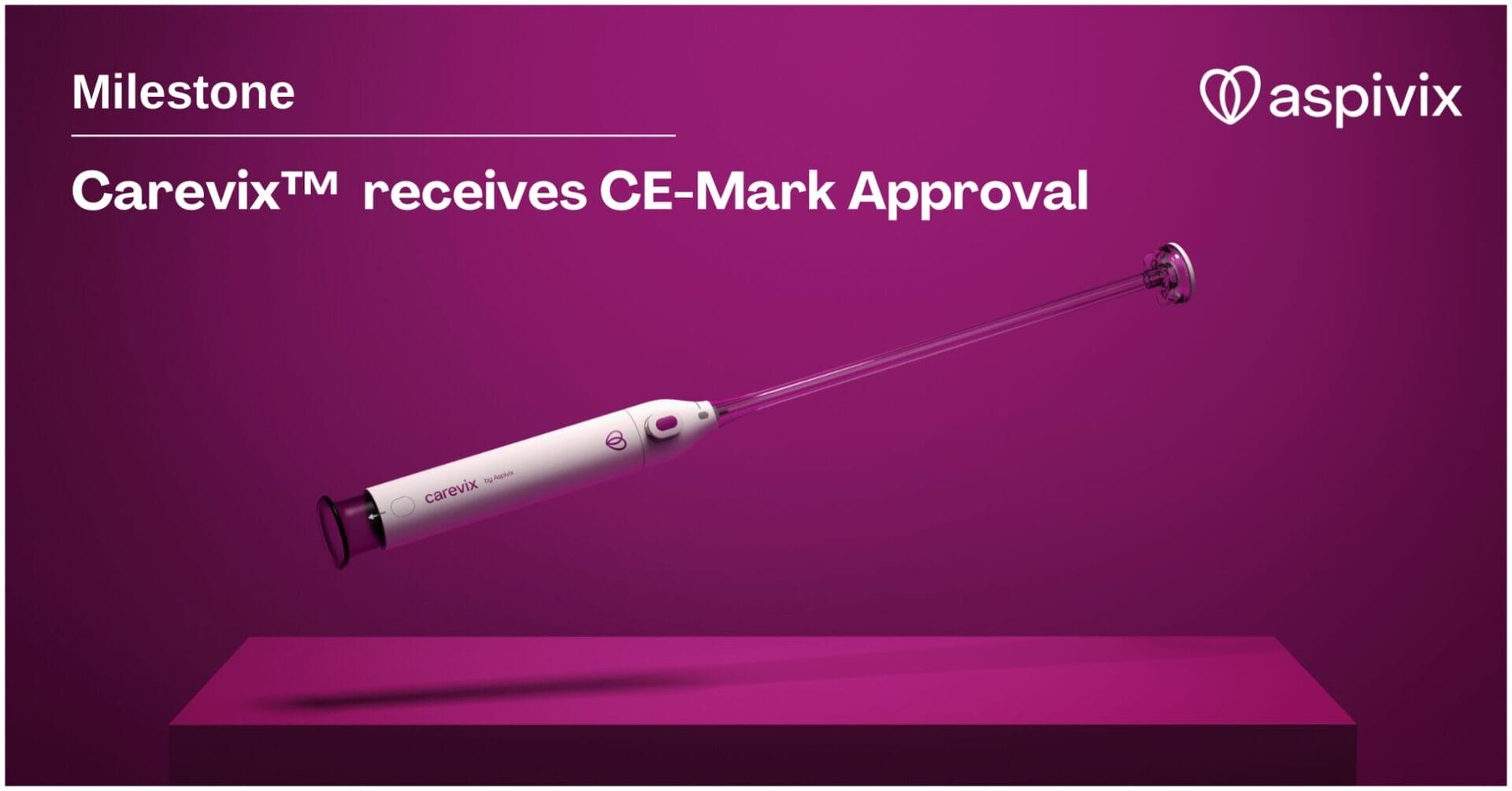
The Copper IUD as Emergency Contraception
Intrauterine devices (IUDs) are a great innovation for family planning, allowing women to have control over their fertility and future. The effectiveness and benefits of both hormonal and non-hormonal IUDs have been discussed at length in our previous articles.
Here, we will be focusing on the copper IUD (also referred to as coil) specifically as an option of emergency contraception, which is particularly interesting for women preferring hormone-free alternatives for their bodies.
A Non-Hormonal Alternative to Emergency Contraception
Emergency contraception is used to prevent pregnancy after unprotected sex or if the used birth control method failed – when a condom breaks or missing a dose of the birth control pill.
One of the most popular forms of emergency contraception is the so-called “morning-after” pill – the hormonal form of emergency contraception. However, many women are unaware of the fact, that the copper IUD is actually a great non-hormonal form of emergency contraception.
How Does It Work and How Effective Is It?
After inserting into the uterus, the copper IUD works by stopping the egg from implanting or being fertilized. In this case, the copper actually acts as a spermicide.
The insertion can be performed up to 5 days (or up to 120 hours) after unprotected sex – once inserted, it can provide protection between 5 to 10 years, depending on the type of copper IUD.
This type of non-hormonal emergency contraception reduces the risk of pregnancy by 99%. The insertion must be performed by a professional – gynecologist or a nurse.

The morning-after pill usually should be taken 72 hours after unprotected sex and differently from the copper IUD, it doesn’t continue to protect against pregnancy and should not be used as a regular form of contraception.
There are 2 types of hormonal emergency contraception: Levonelle contains levonorgestrel, a synthetic version of the natural hormone progesterone produced by the ovaries.
The second type EllaOne contains ulipristal acetate, which stops progesterone working normally.
Both options work by stopping or delaying the release of an egg (ovulation). Hormonal emergency contraception reduces the risk of pregnancy by up to 87%.
Depending on the country, the access to emergency contraception varies – sometimes a prescription is required, in other places, it is possible to buy it over the counter.
What Are the Possible Side Effects?
As with any external device being put into the body, it is important to keep in mind possible side effects. Each individual is unique and so are the reactions of the body.
One of the main side effects of the copper IUD is an increase in period pain, stronger bleeding, and possible bleeding in between periods.
For this reason, the copper IUD is not recommended for people who have conditions such as endometriosis or PCOS that already come along with heavy and painful periods.
Although the copper IUD may make the period worse than before, it shouldn’t be disrupting everyday life and overall well-being. If so, it’s good to consult with a doctor, as this may not be the right solution for everyone.
Meet 2 of the Largest Manufacturers of Copper IUD
Global medical device manufacturer CooperCompanies makes Paragard® – the only Copper IUD available in the US today. Mona Lisa N.V, a member of the EurimPharm group, makes Mona Lisa – a very popular brand particularly in Europe.
Paragard
Paragard is the only non-hormonal IUD option in the US, available exclusively in this market since 1998. This T-shaped device is made of soft, flexible plastic wrapped in a thin layer of copper around the arms and stem.
Paragard produces one model of the IUD that lasts for 10 years and is made in the USA. For those living in the U.S, under the Affordable Care Act (FCA), most health plans must cover all methods of birth control without any cost-sharing. According to their website, most women with insurance get Paragard at no cost, meaning no co-pay, deductible or out-of-pocket costs.
Mona Lisa
One of the most popular copper IUDs outside of the U.S. particularly in Europe, Mona Lisa offers several different models which last between 5 and 10 years depending on the amount of copper they contain.
All these models allow for women to have more choices for non-hormonal birth control that works for their body. Mona Lisa has more been on the market for than 30 years.
Two alternatives for Emergency Contraception
The good news is that there two options for emergency contraception: hormonal & non-hormonal, long or short-term solutions. Knowledge is power – for women, and couples it’s important to understand the options in order to make an informed decision that fits the best for each individual lifestyle and body. To learn more about copper IUD check out our article.
Sources:
- Emergency contraception (morning after pill, IUD)
- What is Emergency Contraception?
- How does the copper IUD work as emergency contraception?
- Emergency contraception options
- Levonorgestrel Emergency Contraception
- Hormonal or Nonhormonal IUD: Which is right for you?
- What to know about the IUD for endometriosis
- IUD
- What is Paragard?
- Mona Lisa
Share this story:










